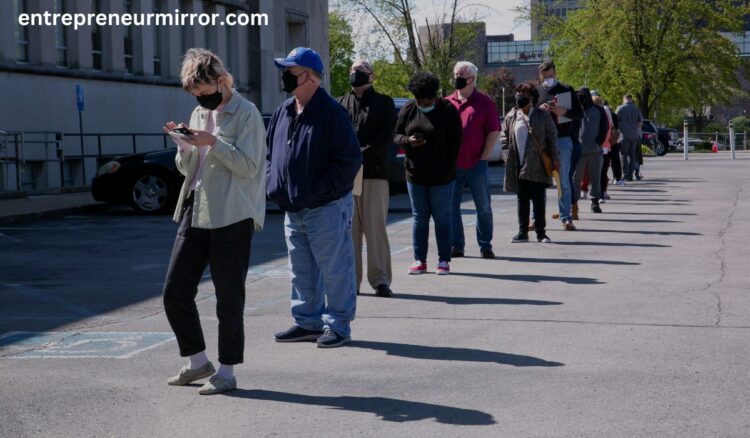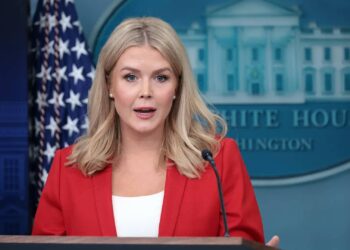WASHINGTON, D.C. – The US economy displayed a stronger-than-expected performance in the third quarter, with consumer spending and a robust job market propelling growth.
According to recent data, the US economy expanded at an annual rate of 4.9% between July and September, marking its most significant surge since the end of 2021. This growth outpaced analysts’ projections, which had pegged the rise at 4.5% for the quarter.
Despite the Federal Reserve’s efforts to dampen spending through interest rate hikes, a thriving job market enabled consumers to secure higher wages, leading to increased spending on leisure activities throughout the summer. The US Bureau of Economic Analysis cited factors such as “enhanced consumer spending, private inventory investment, and federal government spending” as primary growth drivers.
This robust economic performance has cast doubts on earlier predictions of a potential recession in the world’s leading economy. The forthcoming meeting of the US Federal Reserve is now under the spotlight, as it will determine the course of future interest rate adjustments.
Kathy Bostjancic, Chief Economist at Nationwide, hinted at a potential growth slowdown in Q4 2023, suggesting that the current spending spree might be fueled by the depletion of pandemic-related savings. She also raised the possibility of another rate hike by the Federal Reserve to tackle persistent inflation.
In related developments, the US Labor Department reported a consistent low in unemployment benefit claims. However, upcoming growth might face headwinds due to strikes by the United Auto Workers and the impending resumption of student loan repayments.
European Update: ECB Holds Rates Amid Inflation Concerns
The European Central Bank (ECB) announced its decision to keep interest rates unchanged. This move follows a series of rate hikes initiated in July 2022 to counteract rapidly rising prices in the eurozone. After ten successive rate increases, eurozone inflation, which had peaked at 10.6% in October 2022, has shown signs of moderation, settling at 4.3% in September.
The ECB’s governing council remains cautious about the prolonged high inflation rates but is optimistic that the current borrowing costs will help achieve its 2% inflation target. With the Euro area’s economy currently showing signs of stagnation and global uncertainties stemming from regions like the Middle East and Ukraine, analysts are now speculating on the potential for rate reductions in the near future.
This report underscores the resilience of the US economy against previous downturn forecasts, while central banks globally continue their vigilant strategies to manage inflation and ensure sustained economic growth.
Also Read:































































